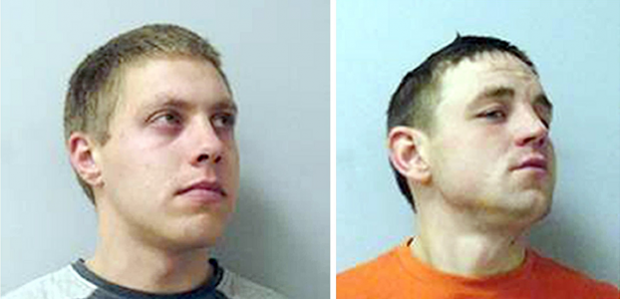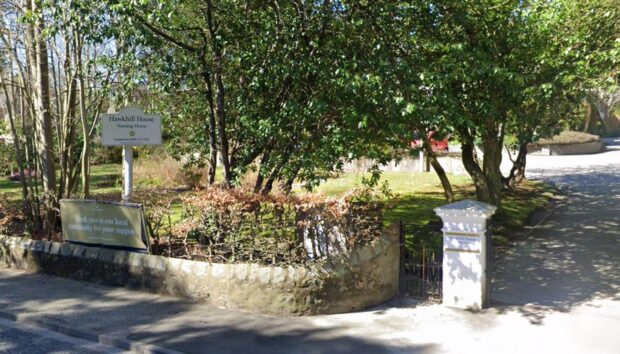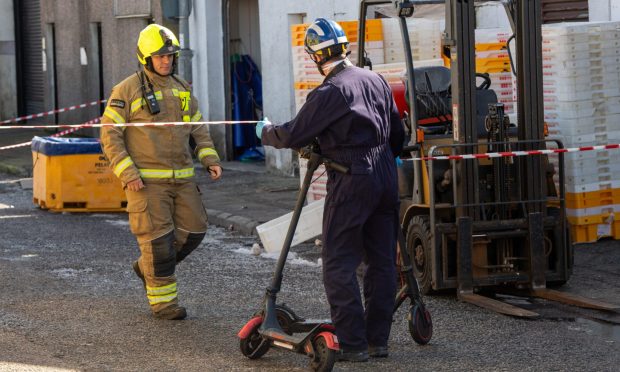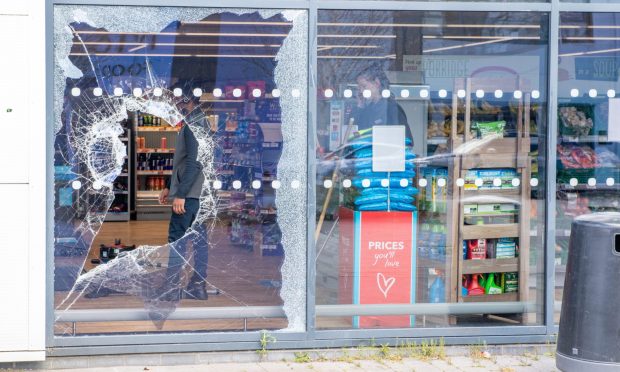Two Lithuanian rapists who videoed themselves as they sexually abused a woman have lost their fight to clear their names.
Nerijus Radavicius, Justinas Gubinas and Ovidijus Kavaliauskas attacked the 32-year-old at a farmhouse after meeting her in a nightclub.
Radavicius, 29, and Gubinas, 22, were found guilty of the concerted rape of the woman and filming it on a mobile phone after a trial at the High Court in Aberdeen last year.
Kavaliauskas, 22, was convicted of raping her while she was asleep.
The trio, all from Lithuania, were each sentenced to four-and-a-half years in jail.
But Gubinas and Radavicius launched an appeal against their conviction, which was considered at the Criminal Court of Appeal in Edinburgh by five judges, including Scotland’s two most senior judicial figures, the Lord Justice General and the Lord Justice Clerk.
They argued trial judge Lord Armstrong had misdirected the jury on the way in which they could approach the video images taken on their phones.
The judge had told the jury to form a judgement about what the footage shown at the trial revealed and to form their own conclusions about what it depicted. Defence lawyers argued that it was wrong to tell jurors that they could form their own view of what the images demonstrated.
The footage should the woman in an intoxicated state and at one point in the accompanying audio recording she could be heard saying “no”.
However, after considering a similar court case in Canada, the judges felt Lord Armstrong’s direction had been appropriate.
Lord Carloway added: “The direction to the jury to form a judgement about what the images showed, just as if they would form a judgement about eye witness descriptions of what happened, was correct.
“The statement that the jury could draw their own conclusions about what the images depicted was also correct.”
No misdirection leading to a miscarriage of justice arose and the appeals were refused.










